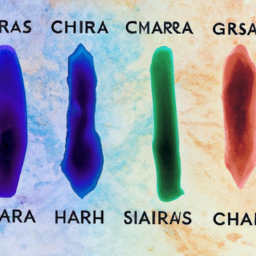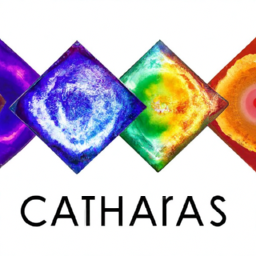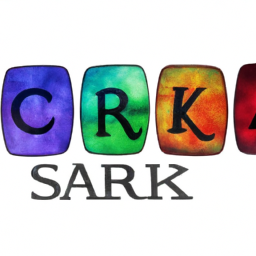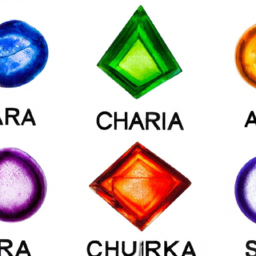
Chakras have been an integral part of various Eastern spiritual traditions for centuries, but their origins and history remain a topic of debate and speculation. The concept of chakras has gained popularity in recent years, with many individuals embracing practices like yoga and meditation that focus on balancing energy centers in the body. But when did chakras first come into existence? Let’s explore the origins of these mystical energy centers and their evolution over time.
The Ancient Origins of Chakras
The earliest mention of chakras can be traced back to ancient Hindu texts, such as the Vedas and the Upanishads. These sacred texts, originated in the Indian subcontinent between 1,500 to 500 BCE, describe chakras as spinning wheels of energy located along the spine. According to these texts, there are seven main chakras, each corresponding to a specific energy center in the body.
However, it is believed that the concept of chakras existed even before these texts were written. In the Rig Veda – the oldest of the Vedas – there is a mention of a vedic goddess named Aditi, who is described as having seven energy centers or chakras in her body. This indicates that the origins of chakras can be traced back to at least 1500 BCE and possibly even earlier.
Chakras in Buddhism and Taoism
The concept of chakras also appears in other Eastern traditions, such as Buddhism and Taoism. In Buddhism, chakras are known as chakrasamvara, and they play a significant role in tantric practices. According to Buddhist teachings, there are four chakras, and they represent the four elements – earth, water, fire, and air – as well as the four states of awareness – waking, dreaming, deep sleep, and the state beyond these three.
In Taoism, chakras are known as dantiens, and much like the Hindu and Buddhist traditions, they are believed to be energy centers that affect both physical and spiritual well-being. Taoists believe that there are three dantiens in the body, each corresponding to different levels of energy and consciousness. The lower dantien is located in the lower abdomen and is associated with the physical body, the middle dantien is located in the chest and is linked to emotions, and the upper dantien is in the head and is related to spiritual awareness.
The Reemergence of Chakras in the West
In the 20th century, chakras gained widespread recognition in Western cultures, thanks to the influence of spiritual teachers and practitioners like Madame Blavatsky, Anagarika Dhammapala, and Helena Roerich. In the 1960s, the chakra system became even more popular with the rise of the hippie movement and the growing interest in Eastern philosophies and spiritual practices.
Today, chakras are a fundamental element of many holistic healing practices like Reiki, crystal healing, and aromatherapy. The belief in chakras has become so widespread that it has transcended various religious and spiritual boundaries and has become a part of mainstream culture.
In Conclusion
The origins of chakras can be traced back to ancient Hindu texts and the Indian subcontinent, with mentions of these energy centers also appearing in other Eastern traditions. With the growing popularity of Eastern philosophies and the holistic healing movement, chakras have become an essential part of modern spiritual practices. While the exact date or origin of chakras may remain a mystery, their significance and impact on our mind, body, and spirit are undeniable.





Very interesting!
Amazing article!
#Interesting – It’s fascinating to explore the history of chakras and their cultural significance in ancient India!
Incredible insight!
This is such an enlightening topic – it’s fascinating to discover the history behind the chakras!